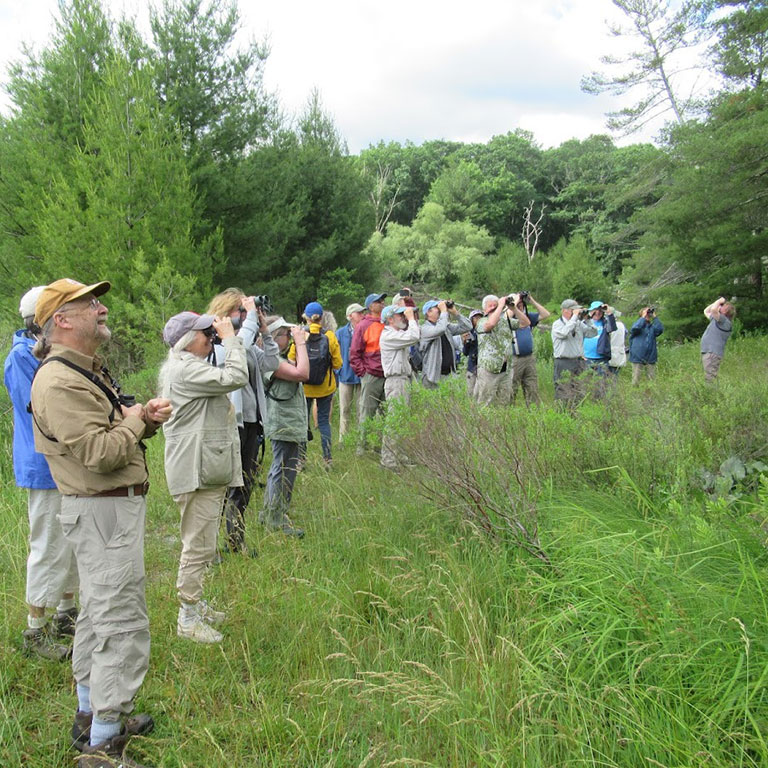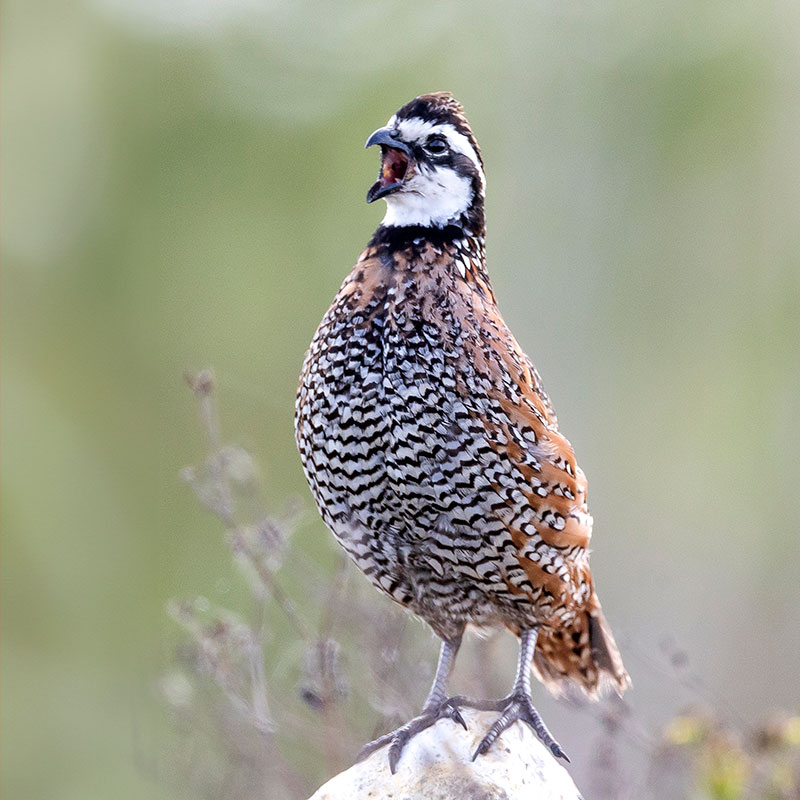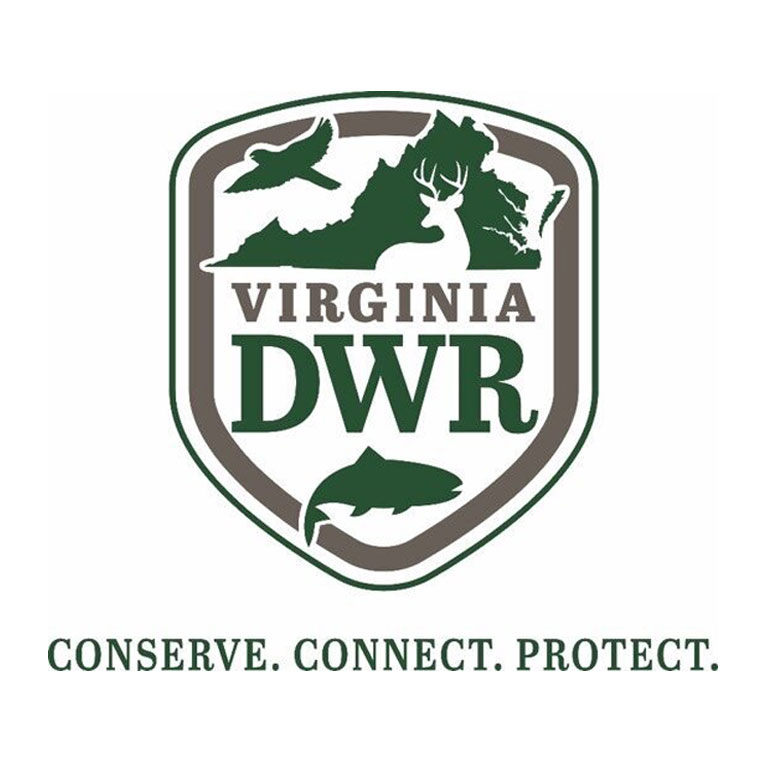Virginia has one of the highest bird diversities among states in the eastern U.S., thanks to its geographic position, topography, and climate. Virginia’s Second Breeding Bird Atlas (Second Atlas) is a project to document the current geographic distribution and status of the Commonwealth’s breeding birds.

The Second Atlas is one of the largest avian survey projects in Virginia, both in terms of geographic coverage (the entire Commonwealth) and the number of species surveyed (over 200 breeding species). In order to implement this ambitious project, the Virginia Department of Wildlife Resources (VDWR) partnered with the Virginia Society of Ornithology (VSO) and the Conservation Management Institute (CMI) at Virginia Tech, along with many citizen science volunteers across the Commonwealth. In fact, with over 1,500 volunteers participating, the Atlas is Virginia’s largest citizen science project to date.
The overarching goal behind the Second Atlas is to provide Virginia’s citizens and conservation partners with information that can be put to good use for avian conservation. With an estimated three billion birds lost from the U.S. and Canada since 1970, such information is more important now than ever. Having an improved understanding of where our bird species currently occur, in what numbers, and how their distribution within Virginia has changed over the past quarter century enables us to more efficiently target conservation efforts and actions on the ground. The Second Atlas data set on Virginia’s bird distribution and abundance also provides important information against which we can make future comparisons.

Acknowledgments
The Second Atlas was made possible by the efforts and financial support of many individuals and organizations who collected data in the field, analyzed data, prepared the results published on this website, provided photographs, and donated time and money.

Atlas Donors
The Virginia Society of Ornithology and the Atlas Final Products Committee thank the many donors who contributed to the Second Atlas from 2015 through 2025.



